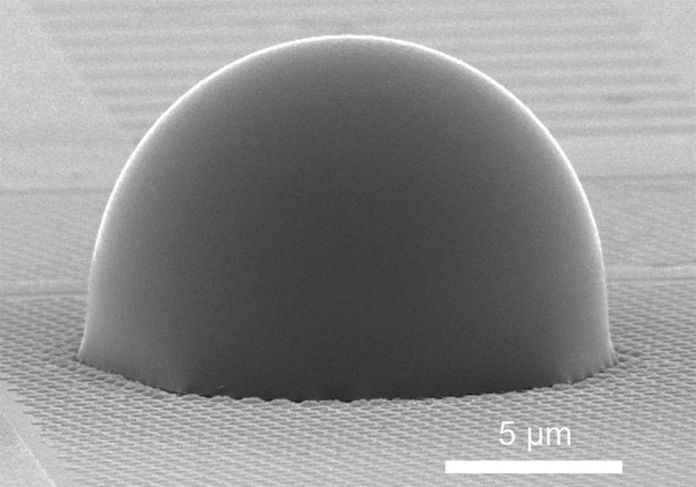From last centenary, microscopes allows scientists to make large discoveries. Although, the physical laws supreme light limits conventional lenses in significant way. They only concentrate on items that are no smaller than half the wavelength of the light. It is use to see objects, that regular lenses in traditional optical microscopes are limits to examine items. They are about 200 nanometers in size and above about the size of the smallest known bacteria. Scientists from Bangor University in Wales have have develop a new superlens that is so powerful. It could help researchers zero in on germs that is too small.
According to new study, this is impossible for microscopes to detect untill now. These novel superlens have broken the size limit. Up untill now, scientists face some problems to develop superlens with correct material and structure to work with visible light.
The novel superlens contains millions of spherical beads of titanium dioxide. Every bead is 15 nanometers wide and applied on the material that the researcher wants to view. Generally, titanium dioxide particles is present in white paint and sunscreen products.
The shape, size and position of material help them to acts like lenses. These magnifying features of superlens was previously invisible in normal lenses.
Zengbo Wang, a physicist at Bangor University in Wales, said, “Each sphere bends the light to a high magnitude and splits the light beam, creating millions of individual beams of light. It is these tiny light beams which enable us to view previously unseen details.”
This superlens is able to maximize the magnification of existing microscopes by a factor of about five. While testing, scientists was able to create sharp images of items with 45 nanometers in size.
The superlens will be use to capture live viruses or germs that were previously invisible. This would allow researchers to study the interaction of medicines with live viruses in real time.
Advantages of Superlens:
- It is cheap and easily available.
- It could be applied to whatever the person wants to view. This means, a scientist need not have to buy a new microscope.
Limin Wu, a materials scientist at Fudan University in China, said, “Future work will focus on how to make this technique find solid, practical applications.”
